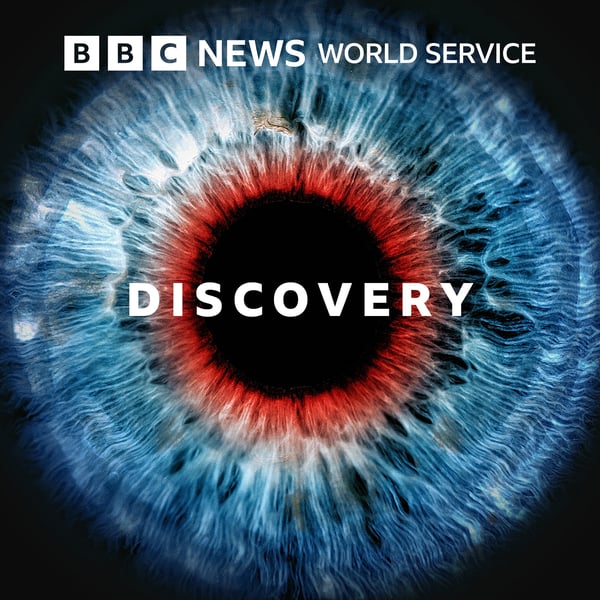The Great Telescopes and Evolution
Discovery
BBC
4.3 • 1.2K Ratings
🗓️ 10 August 2015
⏱️ 27 minutes
🧾️ Download transcript
Summary
Today, astronomers believe the universe is a violent, constantly changing place. But it was not always the case.
At the beginning of the 19th century, many believed fervently that the celestial sky was a constant, divinely perfected, completed creation.
But as telescopes got larger, the mystery of the number, origin and role of the "nebulae" - those colourful, cloud-like smudges on the sky – grew and grew. Were they really vast clouds of gas and dust as they sometimes appeared? Or were they merely closely packed, very distant clusters of stars, as some of them allegedly appeared when magnified through the great reflecting telescopes?
When some astronomers and writers suggested they were in fact a vision of creation in action, matter condensing to form stars and planets like our own, some establishment religious figures cried foul, fearing the social implications.
Could bigger telescopes resolve the crisis?
For most of the 19th century, the biggest telescope in the world was in Birr, Ireland, then known as Parsonstown. It was built by an Anglo-Irish nobleman, Willam Parsons, Earl of Rosse, in the midst of the Irish famine. 50 feet long, 6 feet in diameter, the monster instrument was dubbed "The Leviathan".
But even thus equipped, in the days before photography and spectroscopy, observers could only describe and sketch what they saw, and it was hard to be objective.
As Simon Schaffer, James Bennet, and Chris Lintott narrate, the debate as to the truth of the "Nebular Hypothesis", and the concern as to whether the Irish astronomers really saw what they claimed to see, paved the way for the Darwinian debates in the coming decades.
Producer: Alex Mansfield
(Photo: NASA Hubble Space Telescope image released 25 April, 2005 shows the spiral galaxy M51 also known as the Whirlpool Galaxy. Credit: NASA via AFP/Getty Images)
Transcript
Click on a timestamp to play from that location
| 0:00.0 | Thank you for downloading from the BBC. |
| 0:03.0 | The details of our complete range of podcasts and our terms of use, |
| 0:07.0 | go to BBCworldservice.com slash podcasts. broadcasts. The formation of bodies in space is still and at present in progress. |
| 0:31.0 | We live at a time when many have been formed and many are still forming. |
| 0:38.0 | Our own solar system is to be regarded as completed, |
| 0:41.0 | supposing its perfection to consist in the formation of a series of planets. |
| 0:45.0 | But there are other solar systems within our astro system, which are as yet in a less advanced state, and even some quantities of nebulous |
| 0:55.6 | matter which have scarcely begun to advance towards the stellar form. |
| 1:01.6 | If we are to judge from the appearance which they present to our vision |
| 1:05.0 | through the telescope. |
| 1:07.0 | These cosmological views were first penned by an anonymous Scottish publisher in Britain in the 1840s |
| 1:20.0 | and they carried an incendiary message, one that fizzed through the parlors and parties of intellectual Britain. |
| 1:28.0 | Evolution was apparently at work throughout the universe. |
| 1:32.0 | The world was not the result of a sudden divine act. |
| 1:38.0 | It was not fixed nor immobile. |
| 1:42.0 | Now we understandably associate the foundations of |
| 1:45.6 | evolutionary science with the great achievements of Charles Darwin, whose |
| 1:50.6 | origin of species first appeared in 1859. |
| 1:55.0 | But decades before that, astronomers, just as much as natural historians, |
| 2:01.0 | were concerned with what evolution meant. Evolutionism was not only a story |
| 2:06.8 | about the origin of biological species, it was also an account of how the entire universe had developed. |
| 2:15.2 | And in the middle years of the 19th century, |
... |
Please login to see the full transcript.
Disclaimer: The podcast and artwork embedded on this page are from BBC, and are the property of its owner and not affiliated with or endorsed by Tapesearch.
Generated transcripts are the property of BBC and are distributed freely under the Fair Use doctrine. Transcripts generated by Tapesearch are not guaranteed to be accurate.
Copyright © Tapesearch 2025.

